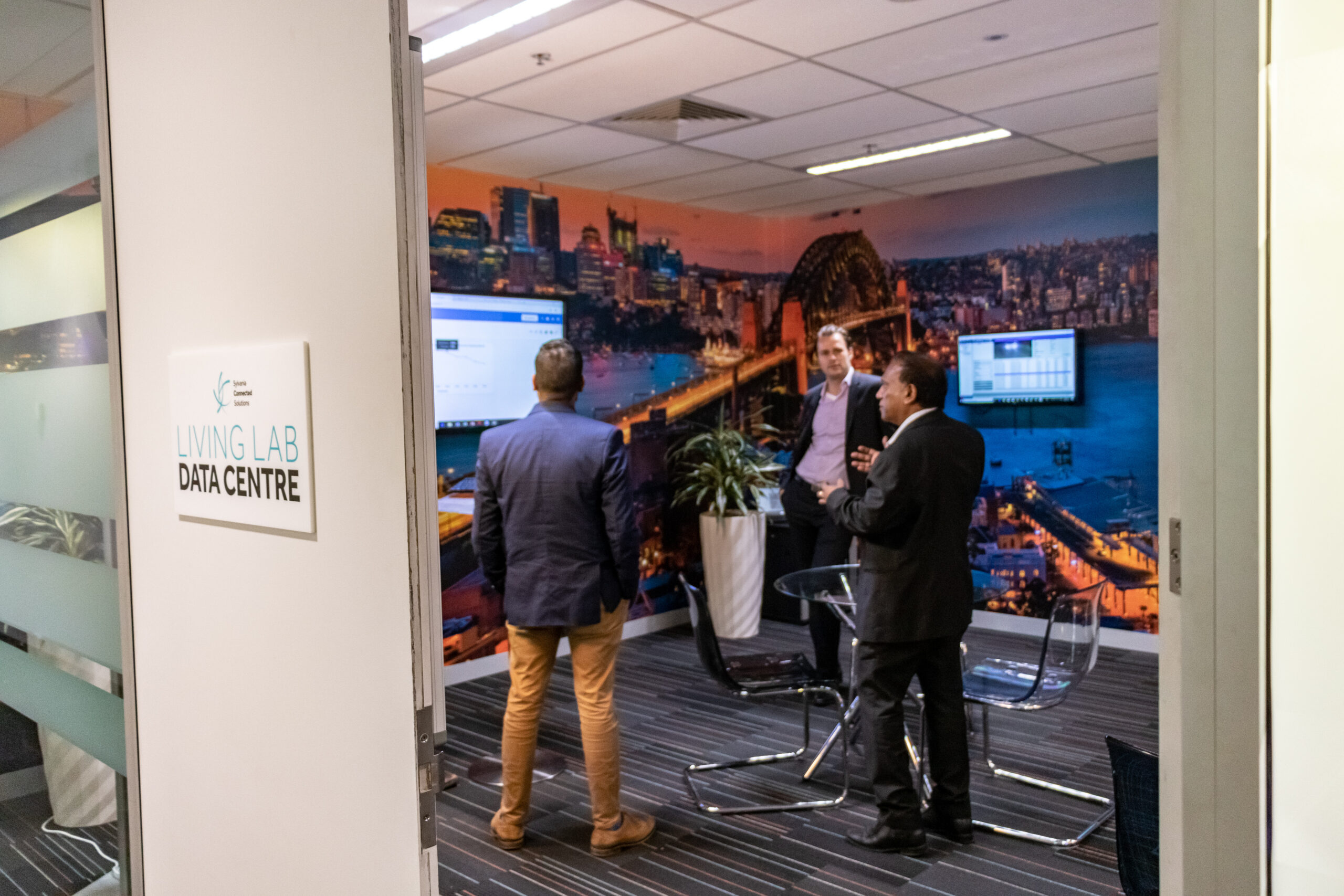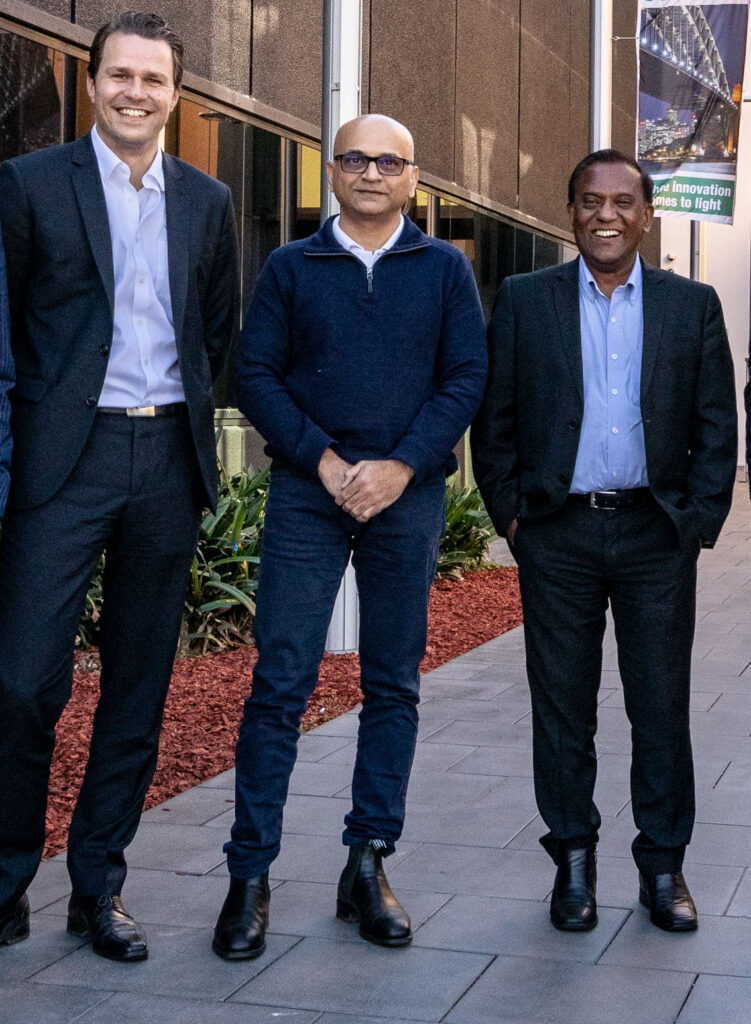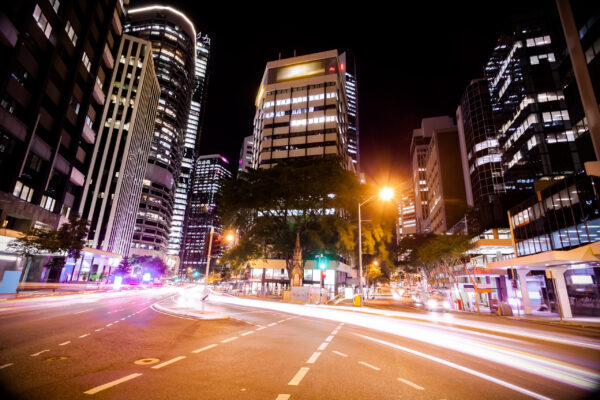Can you tell us a bit about Schreder and how SCS fits into the company?
SCS, founded in 2018, works in the Smart City Space and the Beyond lighting arm of Schréder Australia. This segment operates with a brand-agnostic approach, serving as a solutions provider and systems integrator for smart city projects and initiatives. It partners with a global and local network of top technology vendors that continually adapts to meet customer demands and align with industry best practices. SCS offers comprehensive services, encompassing the design, installation, operation, and maintenance of solutions delivered “as-a-Service,” including NaaS (Network as a Service), SaaS (Software as a Service), and PaaS (Platform as a Service).
Tell us about the role that SCS plays in the street lighting market in Australia and New Zealand?
Australia and New Zealand have some of the best, most liveable cities in the world. Our cities — regional and metropolitan — are also where most of our people live and where most of our economic output is produced.
Starting from consultation, guidance, and educational services, and extending to the intricacies of project execution, optimisation, and ongoing support, we provide a comprehensive array of end-to-end solutions that encompass every phase of a city’s transformation journey.

Can you tell us about some of the leading-edge projects that SCS has done recently with clients in Australia and New Zealand?
More and more cities and communities throughout Australia & New Zealand are recognising the need to improve the lives of their citizens through smart city applications. With an ecosystem of partners that allows for future integration, SCS is their trusted partner of choice, some of our recent projects:
PROTECTING TURTLE NESTING SITES IN BUNDABERG, QLD
Bundaberg Regional Council is home to the largest concentration of nesting sites of marine turtles on the east coast of Australia. To help conserve these sites, Council has installed a lighting solution with intelligent motion sensing. The lights remain at very low levels during most of the night so as not to attract hatchlings away from the ocean. The lights only come on to full brightness when there is a pedestrian or car movement and then return to a low level after a set time. SCS is passionate about helping Council deliver on its environmental objectives with this project.
SMART LIGHTING FOR THE QUEENSLAND DEPARTMENT OF TRANSPORT & MAIN ROADS
The Queensland Department of Transport & Main Roads (TMR), manages more than 34,000 km of main roads across Queensland. There are more than 35,000 street lights on this road network which the Department directly manages. TMR selected SCS for one of the largest smart street lighting controls projects in ANZ and the largest using NB-IoT communications (a portion of the mobile phone spectrum). TMR was seeking a solution that would work across urban, regional and rural areas as well as one that was future-proof and could integrate other types of devices and services under one Central Management System. The rollout has delivered a range of benefits for TMR including: lower energy consumption and emissions; lower operating and maintenance costs; improved road safety through early detection of faults and reduced site visits; and, better asset management through remote monitoring and fault detection.
TRAFFIC MANAGEMENT USING EDGE COMPUTING IN STONNINGTON, VIC
SCS has worked with the City of Stonnington to install cameras on street lighting poles that contain edge computing. These sophisticated devices can count and differentiate between pedestrians, cyclists, cars and trucks/trams. They are also able to record the speed of vehicles and monitor street parking occupancy. Edge computing means that there is no need to transmit video from the site, just the data generated. As part of this project, SCS developed a bespoke cloud-based dashboard to enable council to readily access the data and to manage analytics.
PROTECTING THREATENED HUTTON’S SHEARWATER IN KAIKOURA, NEW ZEALAND
Kaikoura District Council has implemented a groundbreaking lighting initiative to safeguard the endangered Hutton’s Shearwater, a seabird species found exclusively in the Seaward Kaikōura Range. Collaborating with SCS Schréder and local partners, the council has successfully executed a comprehensive lighting project that embraces energy efficiency while prioritizing wildlife conservation. The system, which includes smart street lighting controls, turns off the street lighting along coastal fringes during the critical Shearwater breeding period.
There is a lot of interest at the moment in smart street lighting controls. What does SCS offer in this space?
The ability to remotely control LED lights allows the operator to turn them on and off, flash, dim and more. It helps cities save energy, lower costs and reduce maintenance while also improving pedestrian and cyclist safety. The use of a wireless networked street lighting system however, goes well beyond lighting. It becomes the backbone for IoT applications and a whole world of smarts.
Our smart city solutions integrate devices and data to drive civic and governance decision-making, and also create networks of partners among governments, businesses, non-profits, community groups, universities, and hospitals to expand and improve the ability to serve citizens.
No matter what your specific urban challenges are, our vendor-agnostic approach allows us to source the right technology to maximise your community’s efficiency, performance and livability.
What are the emerging technologies you see as most exciting over the next few years?

Emerging technologies in the smart lighting space are continually reshaping the industry and offering innovative solutions for more efficient and versatile lighting systems. Some notable trends and technologies in this field include:
- IoT Integration: IoT sensors and devices allow for real-time data collection and analysis, enabling adaptive lighting control based on occupancy, daylight, and user preferences. IoT devices are becoming increasingly integrated with street lights and with smart street lighting control systems.
- Human-Centric Lighting: This technology aims to enhance well-being by adjusting the colour temperature and intensity of light to mimic natural daylight patterns.
- LiDAR (Light Detection and Ranging): LiDAR sensors are being integrated into smart lighting systems to enable advanced applications like high-precision gesture control, object recognition and 3D mapping.
- Artificial Intelligence (AI): AI can be used to analyse data from sensors and optimise lighting patterns, predict usage and adapt to changing conditions to save energy.
These emerging technologies are driving innovation in the smart lighting industry, enhancing energy efficiency, user experience, and the overall functionality of lighting systems in both commercial and residential settings.
For more information, please contact:
George VERGHESE
Business Manager
M +61 (0) 422 455 478
gverghese@scs-schreder.com
Follow us on:
https://www.linkedin.com/company/sylvania-connected-solutions














